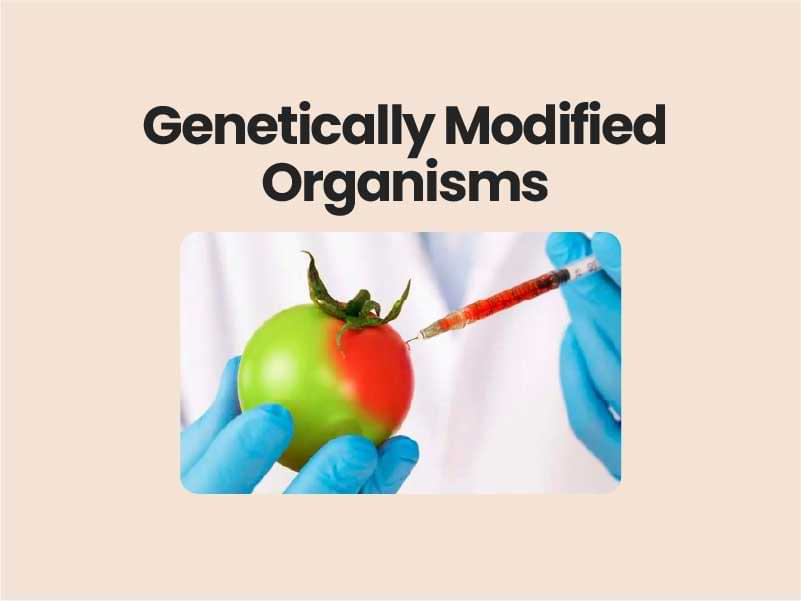Companion@360 → 7 Month programme to sharpen your writing skills → REGISTER NOW

Genetically Modified Organisms
Genetically modified organisms (more commonly called GMOs) are organisms or microorganisms (i.e. plants and animals) whose genetic make-up have been manipulated by artificially inserting components of another organism. This can take the form of transgenic modification, whereby the organism contains DNA from another species, or cisgenic modification, whereby it contains DNA from a member of the same species but doesn’t occur naturally.
GM crops in India:
- In India, the Genetic Engineering Appraisal Committee (GEAC) is the apex body that allows for the commercial release of GM crops.
- India has the world’s fifth-largest cultivated area under genetically modified (GM) crops, at 11.4 million hectares (mh) in 2017.
- But unlike other big growers, its entire GM crop area is under a single crop — cotton — incorporating genes from the Bacillus thuringiensis or Bt soil bacterium coding for resistance against Heliothis bollworm insect pests.
- In Bt brinjal, a gene allows the plant to resist attacks of fruit and shoot borer.
- Dhara Mustard Hybrid-11 or DMH-11 is a genetically modified variety of mustard developed by the Delhi University’s Centre for Genetic Manipulation of Crop Plants. It is Herbicide Tolerant (HT) crop.
Pros and cons of GM crops
Pros:
- Controlling certain pests, diseases, or environmental conditions,
- reduction of spoilage,
- inducing resistance to chemical treatments (e.g. resistance to an herbicide),
- improving the nutrient profile of the crop,
- atmospheric nitrogen fixation by cereal crops,
- inducing tolerance to high salt soils and to flooding in crops,
- inducing drought resistance in crops,
- prolonging shelf life and commercial value of fruits and vegetables
- India imports edible oil from other countries. A higher yield will ensure price regulation of edible oil. It will also reduce dependency on imported food.
- It can help to feed the rapidly increasing population.
- It will help to produce more in small area of land
Corns:
- Allergens
- Transfer of antibiotic resistance markers
- Potential environmental impact
- Creating “super weeds”
- Cross-Pollination
- The chance in evolution of pest
- There is a grave danger of illegal genetically modified brinjal cultivation proliferating.Eg: planting Bt brinjal and HT cotton,Maharashtra
Genetic Engineering Appraisal Committee (GEAC):
- It was earlier known as Genetic Engineering Approval Committee
- It is a statutory body under the Environment Protection Act 1986 of the Ministry of Environment & Forests (MoEF).
- For approval of activities involving large scale use of hazardous microorganisms and recombinants in research and industrial production from the environmental angle.
- The GEAC is also responsible for approval of proposals relating to release of genetically engineered organisms and products into the environment including experimental field trials (Biosafety Research Level trial-I and II known as BRL-I and BRL-II).
The main concerns around GMOs involve allergies, cancer, and environmental issues — all of which may affect the consumer. While current research suggests few risks, more long-term research is needed.

